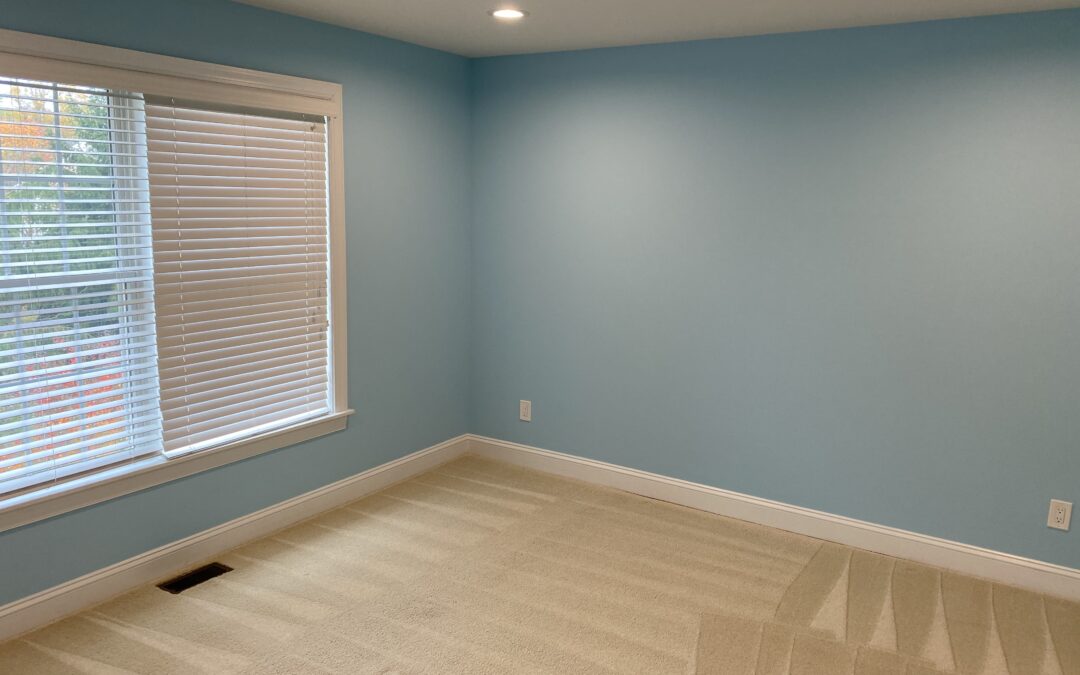Paint projects fall into two categories: homes on one side and workplaces or public spaces on the other. Each type brings its own challenges, from preparation to the finishing touches. This guide outlines how residential work differs from commercial painting in practical terms.
You will see how crews plan, prepare, and complete each project, along with the differences in scheduling, tools, and safety requirements. It also explains what to expect in terms of cost, timing, and results, helping you choose the right team for your space.
Project Scope and Setting
Residential projects involve bedrooms, kitchens, hallways, and trim. These spaces are smaller and often remain occupied while work is underway, which means crews must plan around pets, children, and daily routines. Offices, retail stores, schools, and other facilities present different challenges. The spaces are typically larger, busier, and often come with strict access rules.
Scheduling and Downtime
Homeowners usually want minimal disruption and quick turnarounds. Work is often done during the day, with painters setting up, covering, painting, and cleaning up each day. Commercial painting requires a different approach.
To keep businesses open, work may shift to nights or weekends. Larger crews and phased schedules are often used to meet deadlines without interrupting operations.
Surface Prep and Protection
In homes, preparation involves cleaning, patching, sanding, and priming. Drywall repairs and precise caulking lines make a visible difference, while floors and furniture must be carefully covered.
On commercial sites, preparation begins with a detailed site plan. Barriers, signage, and extended floor protection are standard, and high-traffic areas may require stronger primers. Surfaces such as concrete, metal, and masonry also come into play.
Materials and Finish Choices
Home palettes lean toward personal style and comfort. Low-odor and low-VOC paints are common, while washable eggshells and satins suit daily living.
Commercial spaces call for durable products. Scrub-rated coatings withstand heavy traffic, while epoxies and urethanes are often chosen for floors, handrails, or industrial areas. Colors typically follow brand guidelines or wayfinding systems, making consistency across spaces important.
Tools and Access
Brushes and rollers remain standard for residential projects, with small sprayers used for cabinets and trim. Ladders and simple scaffolding cover most needs. Commercial painting involves more advanced equipment.
Large lifts, tall scaffolds, and long-reach sprayers are common, along with dust control systems and HEPA vacuums. These tools speed up work while maintaining consistent coverage across large areas.
Health, Safety, and Compliance
Safety matters in both residential and commercial projects, but the requirements differ. In homes, lead-safe practices apply in older properties, and neat, careful work is the priority. Commercial sites face stricter regulations.
Personal protective equipment, site orientations, permits, fire codes, and ventilation plans often come into play. Documentation is critical for project managers and inspectors.
Budgeting and Bids
Residential pricing usually comes as a straightforward proposal that lists scope, colors, and rooms line by line. Adjustments are easy to add. Business bids are more complex.
Specifications, architectural drawings, and schedules drive the pricing, with unit rates often applied to walls, ceilings, trim, and floors. Alternatives and addenda may also be included to help decision-makers move quickly.
Quality Control and Punch Lists
Homeowners look for clean lines, even coverage, and smooth finishes. Light can reveal imperfections, so detailed touch-ups matter. Final walkthroughs tend to be personal and thorough. Commercial projects use more structured systems.
Paint gauges, coverage records, and formal sign-offs track progress, while punch lists close out each stage before the next trade comes in.
Long-Term Durability
Residential paint jobs are designed for daily life. Walls in homes need smooth finishes that hold up against fingerprints, splashes, and scuffs. Touch-ups are easy and often blend well.
Businesses deal with more wear from foot traffic, moving furniture, and equipment. Coatings here must be stronger and easier to clean regularly.
How Luxury Home Improvements Can Help
At Luxury Home Improvements, we handle both home and business painting projects. Our team works with care inside residential spaces, protecting furniture and respecting daily routines. We also have the skill to manage larger commercial spaces, from offices to retail locations. Each job is planned to fit the space, the schedule, and the surface needs.
We never use subcontractors. Every painter is part of our trusted team. That means consistent quality and reliable results every time. Our experience in both settings allows us to match the right coatings to the right surface. From durable finishes for busy hallways to fresh colors that make a living room feel inviting, we cover it all.
Our work goes beyond just applying paint. We repair drywall, hang wallpaper, and handle staining or epoxy flooring. Business owners can rely on us for safe, compliant methods in high-traffic areas. Homeowners can count on us for careful prep and a neat finish.
Transform Your Space With Expert Painting Services
Fresh paint can change more than just walls. It can brighten a room, create a welcoming first impression, or bring a business brand to life. At Luxury Home Improvements, we take pride in making those changes possible for both homeowners and business owners.
From small touch-ups to full-scale projects, our team delivers results that look great and last. If you’re ready to see how the right colors and finishes can elevate your space, reach out to us today, and let’s start planning your next project together.



